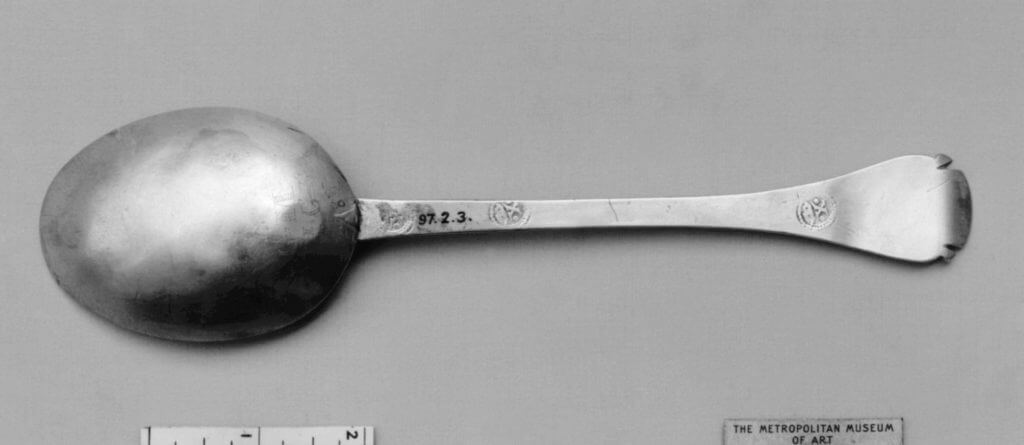Reading Silver Hallmarks
Whenever you see a piece of silver at an estate sale, check the bottom for a hallmark. Sterling silver has a base price depending on what the melt value is at the time. Beyond that, ancient pieces of silver have gone for thousands of dollars at auction. Once you learn how to read hallmarks, you’ll have a good chance of scoring a piece of silver that’s worth more than its ticket price. However, reading silver hallmarks can be a daunting task for those new to collecting or dealing in silver. In this post, we will provide a step-by-step guide on how to read silver hallmarks to help you gain a deeper understanding of the silver pieces you encounter.
Step 1: Identify the Maker’s Mark
The maker’s mark is the first hallmark to look for. It is typically a symbol or a set of initials that identifies the maker of the piece. Some makers have used the same mark for centuries, while others have changed their marks over time. The maker’s mark can provide clues about the age and origin of the piece.
Step 2: Identify the Standard Mark
The standard mark indicates the purity of the silver. In the United States, the standard mark is expressed as a number between 1 and 1000. For example, 925 means the silver is 92.5% pure. In the United Kingdom, the standard mark is expressed as a lion passant. The lion passant indicates that the piece is made of sterling silver, which is 92.5% pure. Other countries have their own standard marks, so it’s essential to research the mark for the specific country or region.
Step 3: Identify the Assay Office Mark
The assay office mark indicates where the piece was assayed, or tested for purity. In the United Kingdom, there are four assay offices: London, Birmingham, Sheffield, and Edinburgh. Each office has its own mark. The assay office mark can provide information about the age and origin of the piece.
Step 4: Identify the Date Letter
The date letter indicates the year the piece was assayed. In the United Kingdom, the date letter changes every year, making it an accurate way to date a piece. The date letter is usually a letter of the alphabet, but some assay offices have used other symbols in the past.
Step 5: Identify any Additional Marks
Some silver pieces may have additional marks, such as a duty mark, a city mark, or a sponsor’s mark. These marks can provide additional information about the piece, such as where it was made or who sponsored it.
In conclusion, reading silver hallmarks can be a complex task, but it provides valuable information about a piece of silver. By identifying the maker’s mark, standard mark, assay office mark, date letter, and any additional marks, you can learn about the age, origin, and purity of the piece. It’s crucial to research the specific marks for the country or region where the piece was made, as different countries have different marking systems. By following these steps, you can confidently read silver hallmarks and gain a deeper understanding of the silver pieces you collect or deal with.


